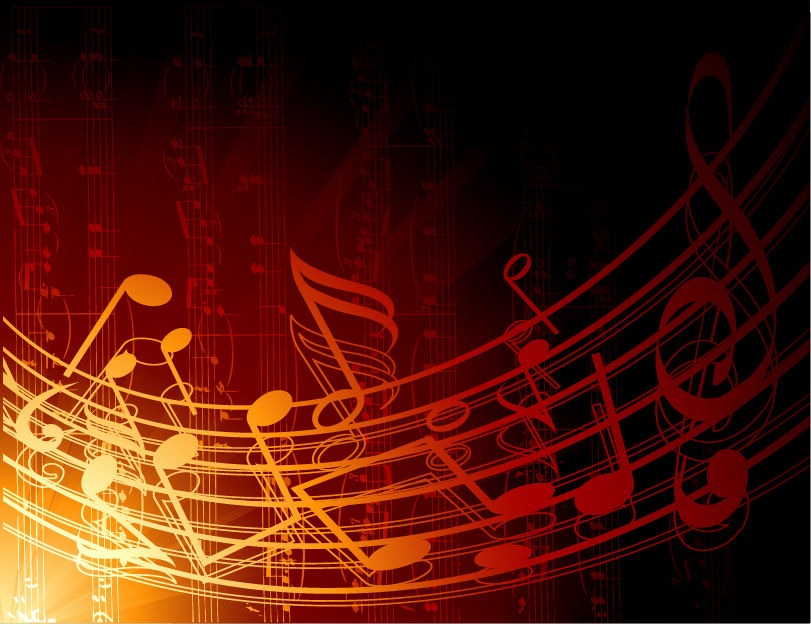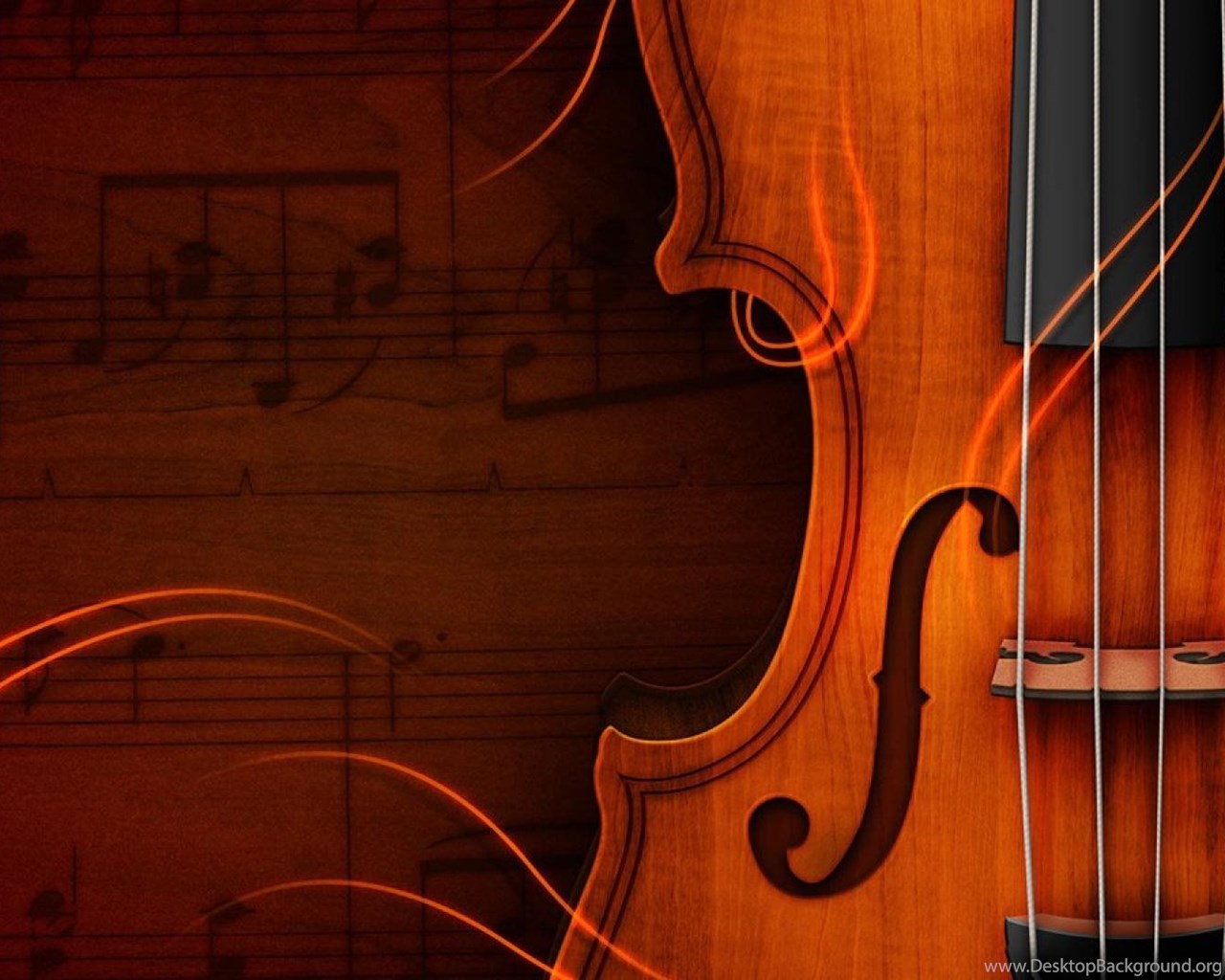

The point at which the music hits its climax is the moment Langdon reaches the spot and kneels.
CLASSICAL BACKGROUND MUSIC CODE
The gradual crescendo that builds anticipation is the backdrop for the end of The Da Vinci Code when Robert Langdon realizes the truth about Mary Magdalene’s tomb.

Hans Zimmer’s “Chevaliers De Sangreal” is arguably not classical, but a film score. It has been played at funerals and memorials and in 2004 was voted the “saddest classical” work ever by the BBC’s Today program. It has been written that it is “full of pathos and cathartic passion” that “rarely leaves a dry eye”. It was arranged for string orchestra from the second movement of his String Quartet Op 11. “O Mio Babbino Caro” is a soprano aria from Puccini’s opera Gianni Schicchi sung at the point when tensions are so high that they threaten to separate the singer, Lauretta, and the boy she loves, Rinuccio, forever.Īdagio for Strings is arguably Samuel Barber’s best known work. With a title that translates to “Oh my dear daddy”, you can only imagine that this is a song filled with emotion. Puccini – “O Mio Babbino Caro” from Gianni Schicchi It is, at times, nostalgic with a lamenting, longing tone.ĥ. While the melody is seemingly simple, it evokes feelings of reminiscence like no other piece. The second movement of Dvořák’s 9th Symphony (the Largo) has often been described as surreal and sublime. Dvořák – “Largo” from the New World Symphony The variations overall, including the 18th, have become more famous than the Paganini tune they are based on.Ĥ.
CLASSICAL BACKGROUND MUSIC MOVIE
Rachmaninov – “18th Variation” from Rhapsody on a Theme of Paganiniįans of the movie “Somewhere in Time” and those who have seen “Groundhog Day” will instantly recognize this lyrical melody. It begins with a soulful cello melody and builds from there.ģ. And it is no surprise that the beauty of the two solo dancers is complemented by a powerful and expressive melody. The “Pas de Deux” is a visually stunning part of the ballet The Nutcracker. Tchaikovsky – “Pas de Deux” from The Nutcracker

Parker Symphony performed it on Octoat our Salute concert.Ģ. It’s no wonder it is used at British funerals, memorial services, and on Remembrance Sunday. It is laden with anticipation from the start with a classic crescendo into the second entrance of the main theme. “Nimrod” is truly one of the all-time heart-wrenching pieces with its fluctuating dynamics and unresolved tension. Elgar – “Nimrod” from the Enigma Variations If that is what you are searching for, consider our list of top 20 heart-wrenching, moving classical music pieces below.ġ. Only a select few pieces, however, rise to the level of being so beautiful they bring tears and touch the soul. From slow and melodic to fast and memorable, there’s something out there for everyone. We recommend follow up studies regarding the role of classical background music in regulating attention control of nursing students during lecture hours.įilipino background music classical music nursing education.When it comes to beautiful classical music, there’s a lot to choose from. Although classical music failed to establish a significant influence on the dependent variables, classical background music during lecture hours can be considered a non-threatening stimulus. We provided literature to explain the non-significant result. Our findings suggest that the presence or absence of classical background music do not affect stress, anxiety, and knowledge scores (Λ = 0.999 F(3, 78) = 0.029, p = 0.993). We utilized independent sample t-test and multivariate analysis of variance to examine the effect of classical background music. A total of 42 nursing students participated this study. This quasi-experiment examined the effect of integrating classical background music during a lecture on stress, anxiety, and knowledge. Previous work on the use of background music suggests conflicting results in various psychological, behavioral, and educational measures.


 0 kommentar(er)
0 kommentar(er)
